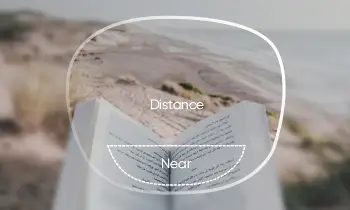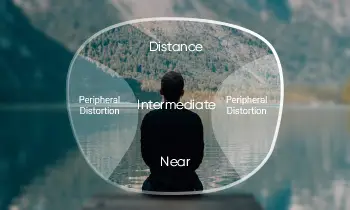Before the official start, please put down your cell phone and roll your eyeballs; what do they feel? Sore? Swelling and pain? Then your eye pressure may be too high.
What is eye pressure?
Eye pressure is the pressure inside the eye. Just like when a bucket is filled with water, the water exerts pressure on the walls of the bucket. Likewise, the contents of the eye (e.g., atrial fluid, lens, vitreous humor, etc.) also exert pressure on the walls of the eye, and they also exert pressure on each other. The normal eye pressure of a person will be stabilized within a range to maintain the eye's standard shape so that each refractive medium can maintain an excellent refractive state and maximize its optical performance.

One of the more significant influences on eye pressure is atrial fluid. Atrial fluid is a clear, transparent liquid that fills the anterior and posterior chambers of the eye. The ciliary protrusion produces it. Under normal circumstances, the production and excretion of atrial fluid maintain a dynamic balance. So, if the drainage channels of atrial fluid are obstructed, or if, for some reason, atrial fluid increases, it can lead to atrial fluid accumulation. The eye is not such an ample space that too much atrial fluid can protrude from the wall of the eye and raise intraocular pressure.
Causes of elevated eye pressure
Prolonged use of computers.Long time facing the computer office or game, the eyes do not get sufficient relaxation, eye congestion, and swelling, the internal pressure of the eye is too much, and the eye pressure will rise.
Sleeping on the desk.Have you ever encountered a brief blurred vision after waking up from a nap on the desk on your lunch break? This is because when sleeping on your desk, the weight of the head and blood are gathered on the face, the eye bears too much pressure, and the eye pressure will naturally rise. So whether day or night, you can lie down to sleep or try to lie down to sleep.

In addition, high prescription people use improper methods to wear contact lenses, coupled with excessive use of the eyes, which can also easily lead to high eye pressure. Elevated eye pressure is also associated with certain diseases, such as glaucoma, diabetes, hypertension, etc., and sometimes with age and weight gain.
Risks of high eye pressure
High eye pressure can cause symptoms such as narrowing the visual field, loss of vision, headache and eye swelling, nausea and vomiting, and glaucoma. Glaucoma is a collective term for a group of diseases that cause progressive optic nerve damage and eventually impair vision and is one of the most blinding eye diseases worldwide. The vast majority of glaucoma is caused by increased intraocular pressure due to increased resistance to the outflow of atrial fluid.
It is important to note that high or low eye pressure is affected by a variety of factors, such as mood swings, fatigue, sudden changes in weather, changes in blood pressure, endocrine disruption, etc. Therefore, the diagnosis of glaucoma should be considered by a combination of factors.




































